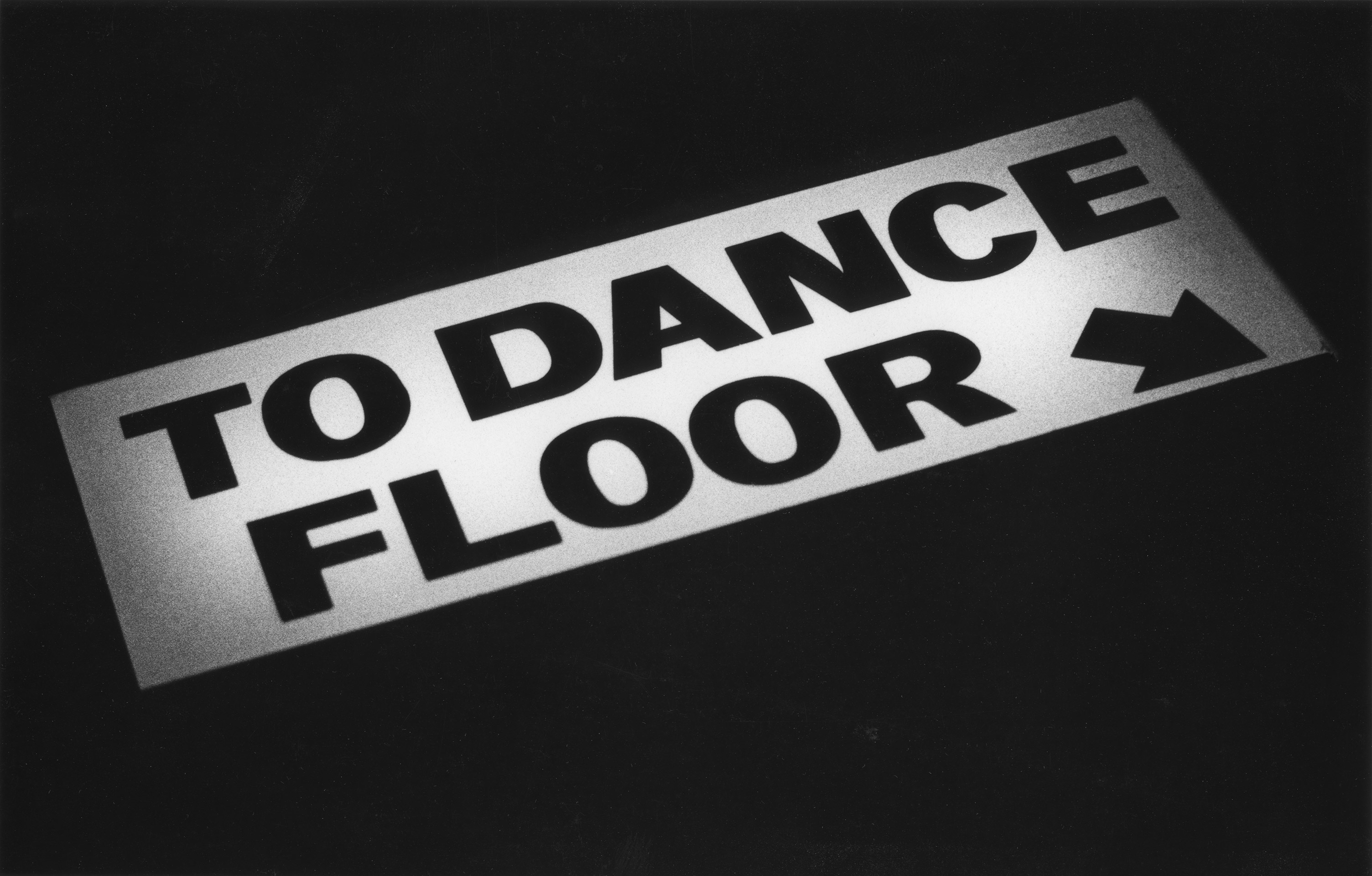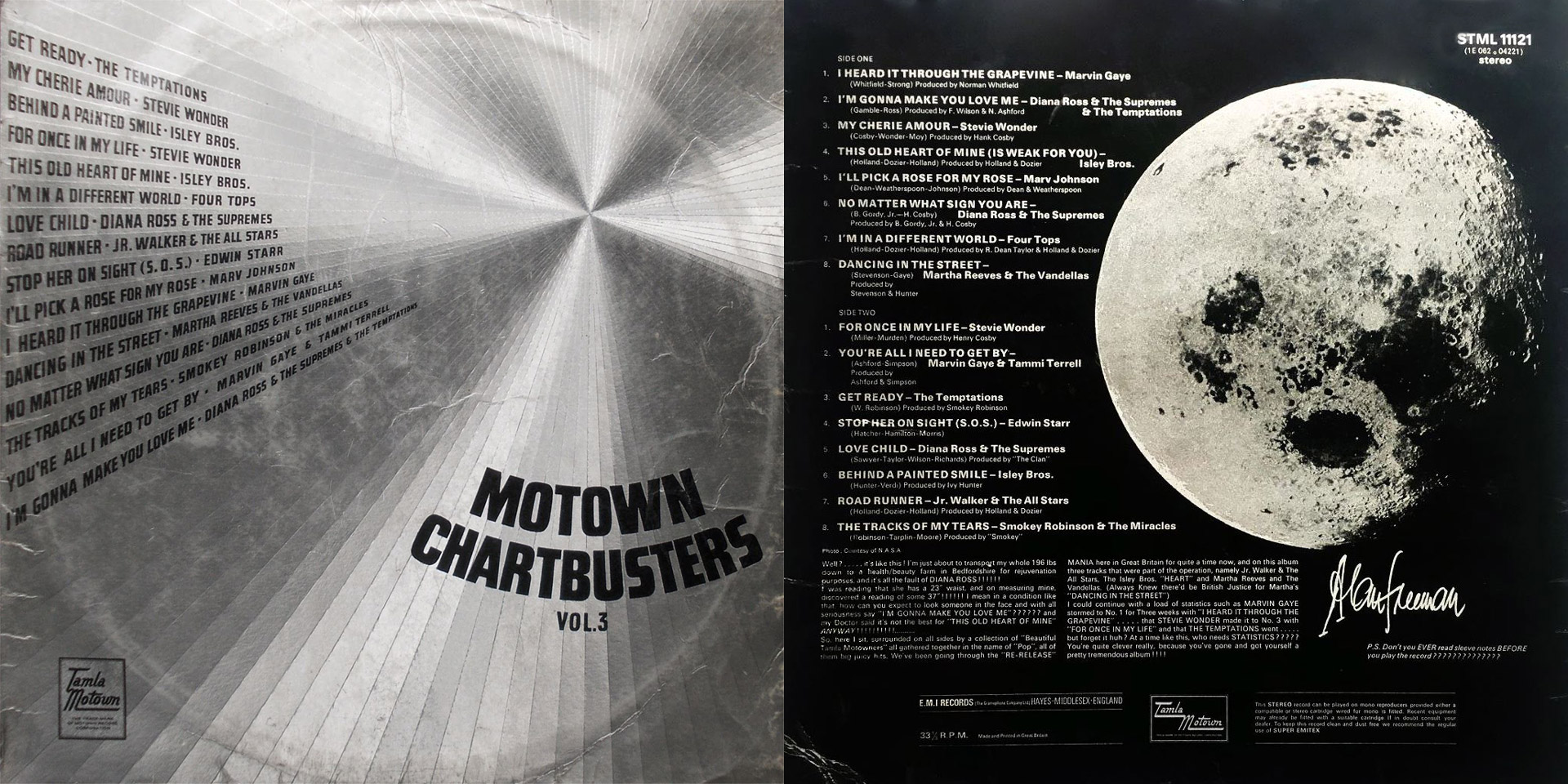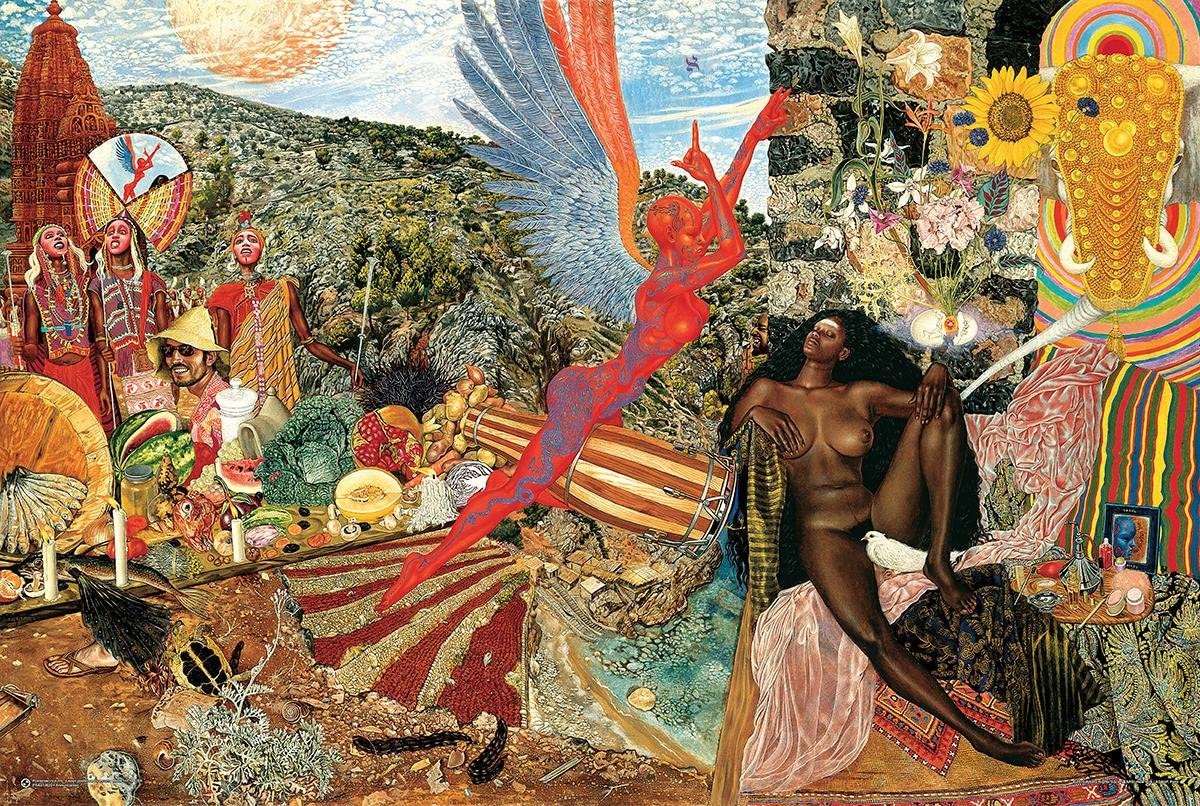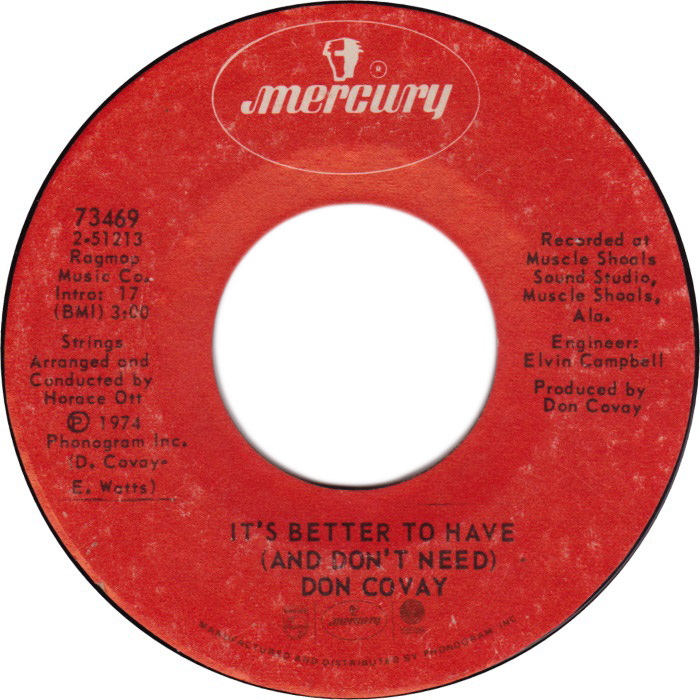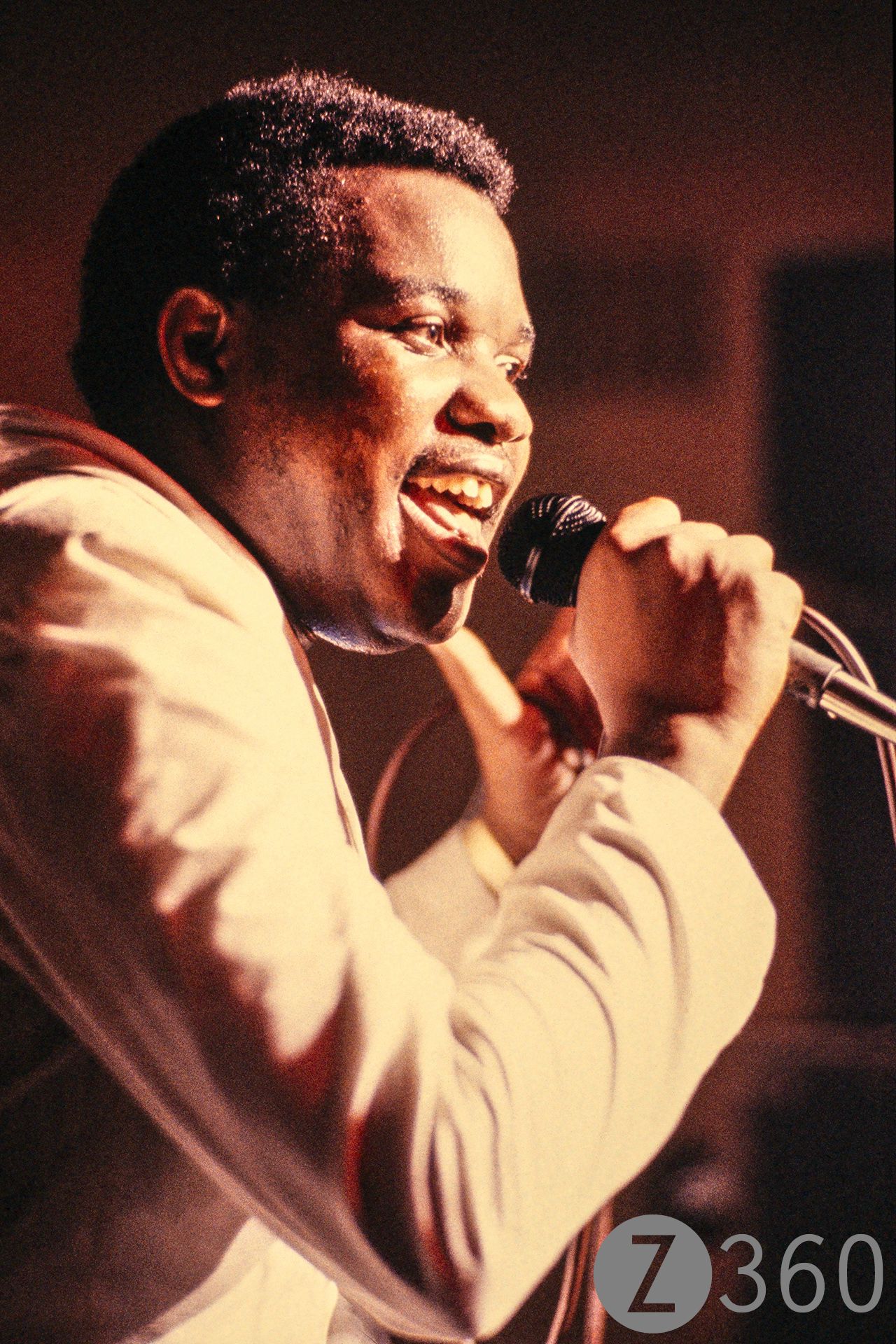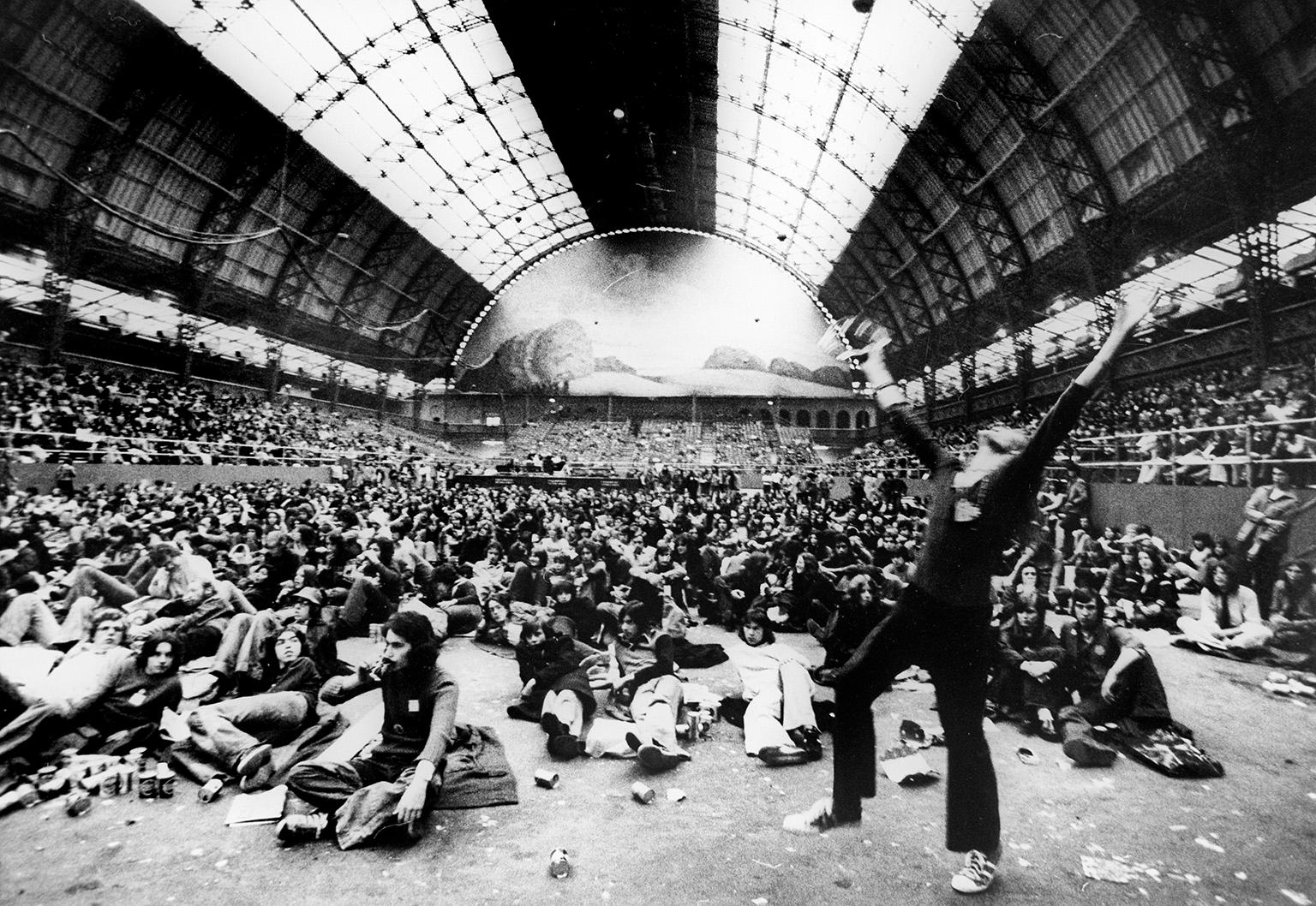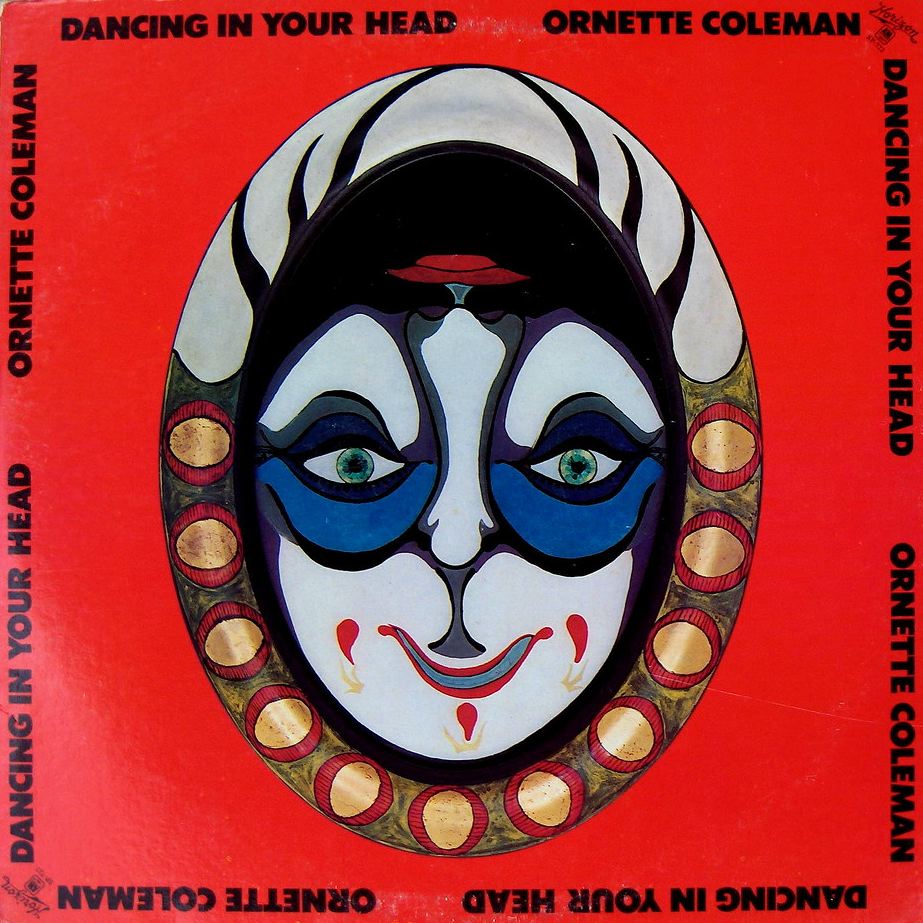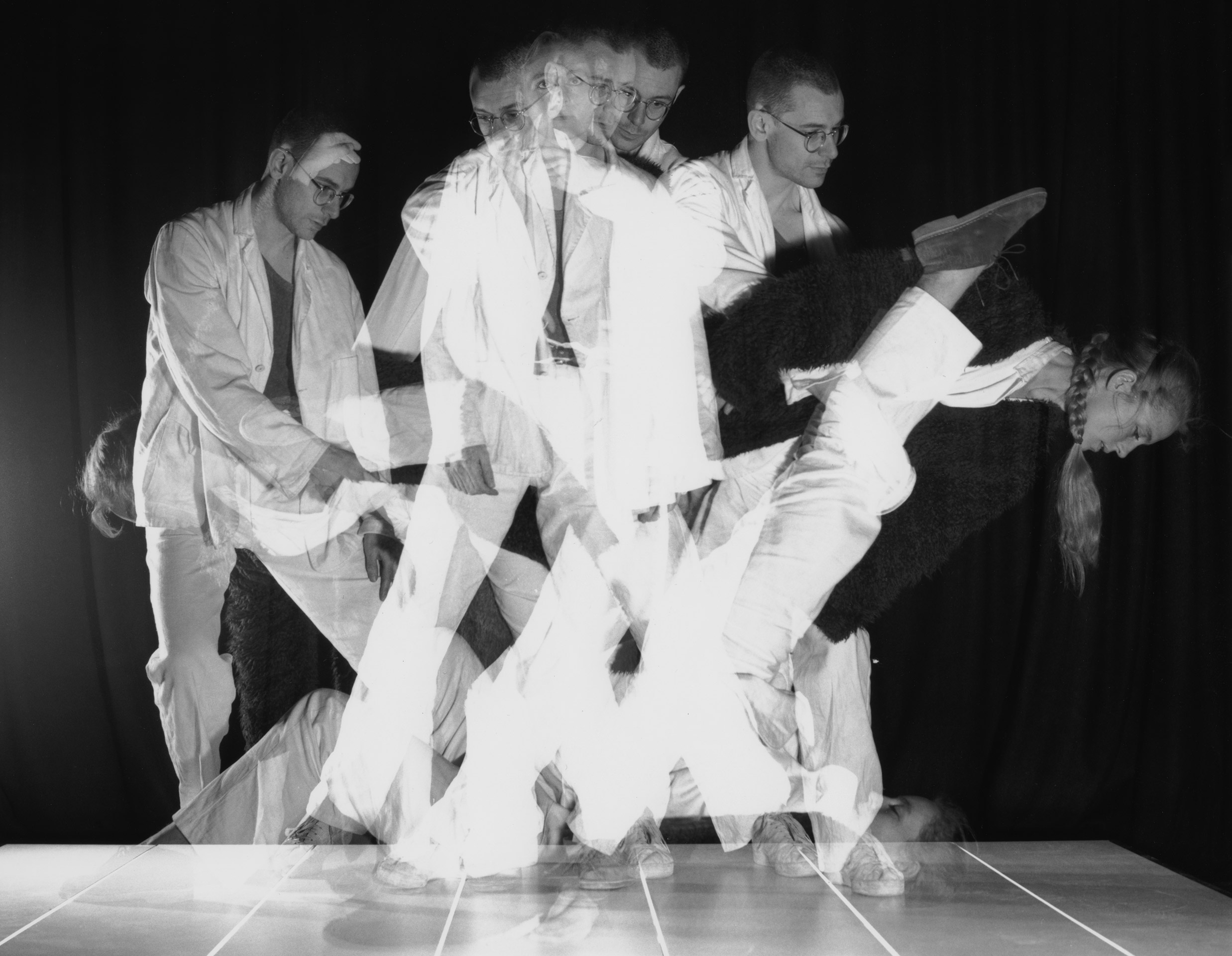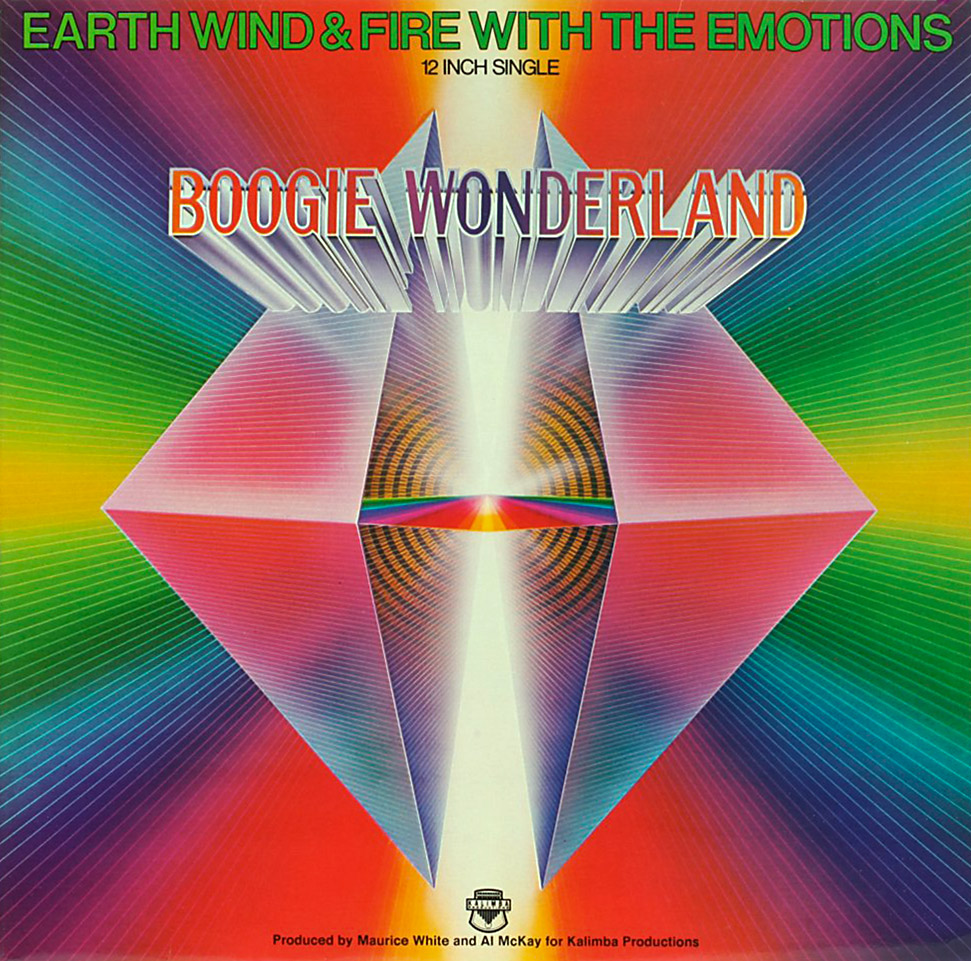“I move not without thy knowledge”
Epictetus (c. 50-135 AD)
How do you dance when you are 14? How do you even know what to do, without looking stupid? My solution was to copy the girls, they all seemed so self assured as they shuffled mellifluously. I was in the Church Hall of St James Church, Birkdale, Southport. It was at least dark, which helped my embarrassment, since this was before the arrival of the flashing disco lights. It was my first experience of a discotheque, and my first dance song was the hit of the day, Sugar Sugar by the Archies. This classic of bubblegum pop had a moronic and repeating rhythm, which seemed to make dancing easy. I was already aware it lacked the danger of say The Rolling Stones or even the funk of Tamla, but this was after all a church disco, and even the suggestion of kissing a girl seemed quite outré, in the building which had been my Sunday School. Well I had broken the spell, and managed to dance in public, although no-one could see me, all for the better. The narrow horizons of the Church Hall disco would soon spread out into the brand new world of the discotheque, which would later become the de facto night out. It never failed to amaze me that I was listening to the most orgasmic song ever, Je t’aime by Serge Gainsbourg, while next door the the vicar would be sermonising against all this sexual behaviour among young people. Down the disco was the only place I could hear this song, since I did not have a record player and it was banned by the BBC.
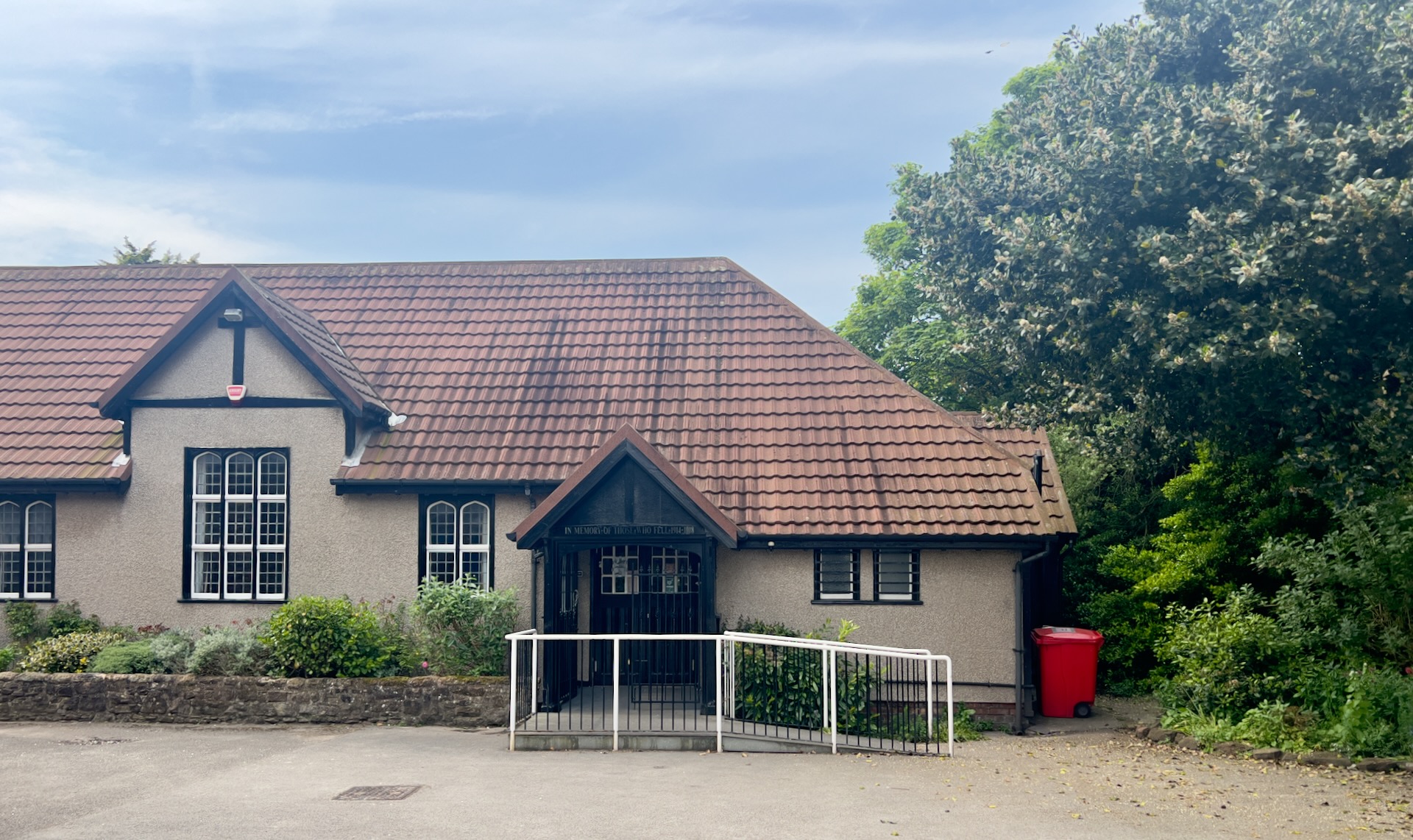
Of course Je t’aime was not much good for dancing, it was the smooching song played at the end of the night. The real staple of dancing was Motown, in fact Tamla Motown Chartbusters Volume 3 was practically a disco in it’s own right and used as such for house parties on a Dansette. The girls laid down their handbags and jackets and danced in a circle around them, a little club it was often difficult to break into. As a guy there was always a question, could you dance on your own? Sometimes the boys would form their own little circles, but they did not last long, after all you were supposed to be picking up girls. At some places it was OK to dance with a guy, but often you felt obliged to ask a girl for a dance, even though you might not fancy them at all. It was not deemed gay as such to dance with a guy, since that usage of the word did not yet exist for us, nor in reality did the concept. The insult was to be called a “homo”, but most people didn’t bother with that, they knew you just wanted to have some fun and enjoy the music.
The world of church hall discos expanded into sports clubs and eventually schools. Once you got in, sports clubs were cool since you could buy under age alcoholic drinks with no questions asked, while obviously at the church hall disco the staple drink was Cola. Some school discos were more like snogging contests, the dancing used as a polite introduction. Couples would then be seated all along the walls, french kissing for hours, forgetting the perfunctory disco. Dancing at the time was pretty basic and followed the sedate formula seen on Ready, Steady, Go and then Top of the Pops. Being a good dancer appeared to involve fancy footwork, as if we were all auditioning to be Irish dancers. Yep a few steps forward, a few back, what we would now call Dad Dancing. Occasionally for a rock song there would be a bit more animation from the guys, involving leaning over and shaking the head to and fro. If you were lucky a bit of jumping might be acceptable.
This was the situation at my first school disco, where I finally experienced proper rock music and managed to dance to it. The excitement was palpable when any of the following records were played: Summertime Blues by The Who, Paranoid by Black Sabbath and Black Night by Deep Purple. We felt we were experiencing the dawn of a new age, the search was on for “heavy” music, which was at the cutting edge of our adolescent experiences. This music belonged to us, our parents could not comprehend it. Near the end of that sweaty night, the lights suddenly came on, a Stanley knife had been found on the floor. There was often an undercurrent of violence at these dance venues, which you could put down to peer groups, nascent gangs or just the basic enmity between different schools. I avoided all this macho posturing as much as I could, but you had to be aware of when the trouble might start. My school did not hold another disco.
Another key dancing experience was at a Caravan Park in Woolacombe, Devon. For the first time I went on holiday with friends and not parents. As part of the provided entertainments there was a nightly disco, designed for families and bar regulars. The most popular song was Chirpy Chirpy Cheep Cheep by Middle of the Road, need one say more. However during the evening there was usually a Rock interlude, and then the 5 of us would take over the dancefloor, trying to outdo each other. There were no girls to dance with and we didn’t care, this was a celebration of youth culture and showing off. Hardly anybody else wanted to dance to these songs anyway, but we loved In My Own Time by Family, Devils Answer by Atomic Rooster and Won’t Get Fooled Again by The Who. After a few days we knew every word and electric chord and were jumping all over the place, fuelled by the local cider. I spent some time perfecting my split leg jumps to the power chords of Pete Townshend, it wasn’t easy to do that on time. The locals managed to put up with us, maybe we were deemed part of the entertainment. Of course, being under age, we couldn’t dance anywhere else.
Shortly after this the music scene was hit by T.Rextasy, all the girls seemed to love Marc Bolan. For a time T.Rex seemed to be all there was to dance to, and I did quite like Get It On and Hot Love. However it all seemed a bit retro and vapid, lacking in funk. At the time the Charts were a battleground, we all had our favourites, which helped define our personalities. At 6pm on a Sunday there was the Top 30 Chart Show on Radio 1, which was listened to in both horror and amazement, depending on who got to Number 1. Bizarrely it was followed by Sing Something Simple, as if to calm us all down. Over on television there was Top of the Pops on the following Thursday, where T.Rex had made their name with Marc wearing glitter and make-up. My most vivid memory of watching the show was the day my father declared the end of British civilisation while watching Sweet. Maybe he had missed the wondrous transgressions of David Bowie. Slowly TOTP seemed to become even more of a marketing exercise, with the real music appearing on Old Grey Whistle Test, where the groups actually played their own instruments, although there was less dancing on view.
And then came my Latin revolution. At the time I did not even realise I was listening to Latin music, it was all Rock to me of a particularly funky variety, with beautiful guitar playing. I am talking about Black Magic Woman/Gypsy Queen by Santana. I already knew and liked the original Fleetwood Mac version, but this was the song that started a new dancing style, my hips took on a life of their own. The break as they segue into Gypsy Queen and the tempo slowly increases was like a magic potion to me. I could certainly dance to this on my own, in fact usually had to, since I was behaving like some kind of whirling dervish. The first time was in Southport Rugby Club, surrounded by muscle men. Vague sense of danger, but I was kindly regarded as some kind of hippy loon. Only rarely was this record played in discos at the time, so you had to make the most of it. I believe I certainly made the most of it a few years later at a disco bar in Biarritz and upset the locals. Out of the blue I was punched to the dancefloor and received a good kicking, dancing can be a dangerous business. With shouts of pédé ringing in my ears, I hightailed it out of there, to be met with much tea and sympathy. I am still dancing to Latin music, but a bit more aware that the dancing style should match the situation.
Now all this is not exactly Idiot Dancing, that was yet to come. However I wrote the phrase “Bring Back Idiot Dancing” on my work folder around this time. I was already feeling I had missed the Sixties, that the craziness I had witnessed in the film Woodstock had disappeared and we were stuck in a kind of anodyne normalcy, behaviour could only go so far. I was proved wrong, yet by this time I had been to some exceptional rock concerts by The Who, The Rolling Stones and Led Zeppelin, but these were not dance events, there was no raving. At concerts you had to go right to the back to dance, you couldn’t dance properly in a packed, seated venue, let alone stand up. Of course at a good concert, you all jumped out of your chairs for the last song or encore and shimmied about, but you cannot call that proper dancing. Later at non-seated venues like Pathfoot at Stirling University I began to experience the mass psychosis and craziness that a thousand people raving together could bring on.
So now, for the time being, Rock became predominant. Everything else seemed lightweight, if not uncool. I was schooled by Darrell Jay’s Progressive Music Show at the Dixieland Showbar on Southport Pier, a huge ballroom. Here we preened to Rebel, Rebel by David Bowie, but eschewed the southern rock of Lynyrd Skynyrd. Can you dance to Be Bop Deluxe? Only with difficulty I found out. Meanwhile at Stirling University there was a free disco every night in the most amazing Student’s Union, The Grange. There was a bar, then some seats and tables alongside the DJ booth. In the middle of this large room there was a dancefloor, and then at the back, raised up and in the dark, sat all the dope dealers. Here the beer was 9d a pint or about £1 today (it was subsidised) and dope cookies were available on Tuesdays. So yes dancing nearly every night to all forms of rock known to man in 1973, as well as a fair bit of soul and then some plain weird stuff. The dancefloor was only about 5 metres wide and could become absolutely rammed, but anything went there. I learned how to dance in a confined space and still enjoy myself. I befriended the DJ’s to find out how they chose their music, but they were not very informative. Still in my second year I became the DJ Convenor for Stirling and managed the discos at Pathfoot, which would open a few days a week after the Grange closed at 10pm. We had 2 turntables, but usually no microphone. People could bellow in your ear for requests. The must play record was Alright Now by Free, not forgetting Brown Sugar by The Rolling Stones and Layla by Derek and the Dominos. I would try to slip in the heaviest song I knew, The Nile Song by Pink Floyd. However this was only available on the Relics album, side 2 track 4, and was very difficult to cue up in the darkness, so I often gave up. Also I would attempt to slip in a few tracks which I wanted to dance to, although vacating the DJ turntables was frowned upon. Silence was a sin. We danced to my selection of the hits, which I had a budget to choose and purchase every week.
Around this time I met Eric (and his pet rat), who was a big Northern Soul fan. Wow he could dance and in a totally new way, gliding around like a cool well oiled machine, none of that stomping and angular histrionics found in the student rock fan. I then discovered that people liked what they knew, and inserting a Northern Soul section into my playlist did not go down well with a writhing mass of drunken students at Pathfoot. This was old soul music and not regarded as cool, though on the other hand they loved It’s Better To Have (And Don’t Need) by Don Covay and demanded Superstition by Stevie Wonder. Not to be put off, I found some smooth leather soled shoes, which could allow you to swish around a wooden dancefloor, with your feet never leaving the ground. All the action became contained in the hips, incredibly fast and smooth. This was my home made version of the style used at Wigan Casino (without the dips), which I succeeded in trying out at the disco behind the Scarisbrick Hotel in Southport. However I soon found out this style did not work for Rock or on carpets, and I never plucked up the courage to go to Wigan Casino itself. There was also a high risk of ending up on your arse, if you got over excited.
Talking of gliding around, I did learn to waltz while working in France and it was wonderful. Well it was just one night, and the elderly teachers at the Lycée where I was working took me on board and taught some basic steps. Of course I was never leading, but by the end of the evening I was floating round the room, aided by some glasses of Crémant. It was never as good again. Everyone in France appeared to have gone to dance school, it was all Le Roc (a form of swing and jive dancing), there was no freeform or solo dancing. Eventually I approximated a clumsy form of this, using my waltz steps, but felt constrained and I constantly went off-piste, which did not go down well. What happened to the Rock revolution I wondered, it was like dancing in the 50s. I did not want to remember steps but to express myself. It felt like being one of the regimented souls on the original Come Dancing, which I despised. There was one fantastic night in Paris at a small sweaty club watching the crazy rock group Au Bonheur des Dames (like Sha Na Na meet Bonzo Dog Band) perform Oh Les Filles, the crowd intermingling and dancing like people possessed for the whole set, no sign of Le Roc, but plenty of hand holding, hip swinging, clapping and shouting. Magnifique!
Then came Punk, I cut my hair and loved the spirit, but you could hardly call it dance music, more like a mosh pit of anger and idiocy. You can only pogo up and down in one kinda way. As mosh pits go, Grannies in Cardiff with Stiff Little Fingers was pretty intense. Ian Curtis of Joy Division was certainly a mesmerising performer to watch, which I did at The Nashville Rooms in Kensington, but there were only a few tracks such as Transmission which I wanted to dance to. Soul music was the guilty pleasure of my Punk years. This was reinforced by going to see John Travolta in Saturday Night Fever, which I secretly loved and introduced me to K.C. and the Sunshine Band, but it was regarded as deeply unhip by my punk counterparts. The Disco wars had started and never the twain shall meet. That did not stop me from buying a Chic 12” on the same day as a 7” single by the Clash. I can fairly say that Shame by Evelyn ‘Champagne’ King is one heck of a record, but I might not have proclaimed that back in the day. I had missed the early records of Michael Jackson, but when I first heard Billie Jean it was electrifying. Down the empty disco I had no-one to dance with, so I ended up dancing with a pillar. Since then I have regularly used pillars as dancing partners, you can hang onto them or swing round, push away or nudge up to them. At a squeeze, walls can also provide a platform to bounce off or get close to, I love dancing with walls. If needs must, you understand.
There is a certain unwritten etiquette involved when you dance in public. Firstly you have to choose your space carefully, a favourite of mine was the gap in front of the speakers. If it’s too busy there try and carve out a space on the edge or in the shadows, which allows you to manoeuvre into a better position. Try not to come between couples or break into groups, unless invited. Once there, at least make an effort to synchronise your movements in some way or another, a lot of good dance moves are learnt by copying others. Lots of eye contact, respect all around and make clear your intentions. Sometimes I would dance with other people, at other times just on my own to get lost in the music. If there’s a pack of wild dancers down the front, head in and join them, it’s a communal activity after all, and give everyone the space they need as you interweave. Watch out for and avoid the flailing drunks, just move on if you feel uncomfortable. The worst mistake is standing on other people’s toes, always apologise. My biggest bugbear is people just standing there, not properly dancing, like some kind of bollard taking up valuable dancefoor space. Participate in those good times!
Falling out of love with the bombastic nature of Rock, it was African music that came to the rescue. The first real soukous music I heard was by Franco & T.P.O.K. Jazz, but it was his countryman Kanda Bango Man who I got to see and fell in love with. He appeared at WOMAD in the I.C.A, and the Africa Centre in Covent Garden, no seats there and room to dance. Nearly every song was an exhortation to dance, by the dynamic frontman. The revelation was the interweaving of the guitar line by Diblo Dibala, the very fluidity of his playing encouraging you to nearly ignore the rhythm and simply follow his swaying melodies raining down on you like an excited waterfall. Wikipedia says of Kanda Bongo Man “His form of soukous gave birth to the kwassa kwassa dance rhythm where the hips move back and forth while the hands move to follow the hips.” Reggae was also becoming popular, but that required a very laid back shuffle after a few blunts, not quite my animated style. Much more to my taste was Papa’s got a brand new Pigbag, an anarchic mix of tribal rhythms, James Brown bassline and funky jazz. I then tried Sol Y Sombra , a world music club in Charlotte Street, London, but it was all a bit fey and earnest dance wise, for me at least. The search was on.
Heaven. That was what proved me wrong. Heaven was a Cathedral of Dance, and probably still is. This is a gay club underneath the Arches at Charing Cross, London. The entrance is down an intimidating tunnel and to gain admittance you had to demonstrate you were gay, in which I falsely succeeded. Once inside there was a luxurious bar area and then the most cavernous dance hall I had ever seen. Not only that, the sound system was poundingly 3D loud, my bones were vibrating, while the lighting spread the length of the entire hall scanning and pulsating in time to the hi-energy music. The place was full of men, only men, frugging as if their life depended on the music, amazing dancers of all types. They carried on regardless all night, showing off their moves in a splendid array of S&M costumes. It was all bit much for little me, if not intimidating, but upstairs there was a chill-out bar with occasional live music where I could relax. This apparently was a superclub, I had never seen the like of it, dancing had arrived and was simply massive. All that came later (House, Raves, EDM) pales into insignificance with this first revelation, I have never been in a more amazing dance venue. I went back many times, saw friends performing upstairs, New Order downstairs, and my best man was the star of the first gay play performed there. I was also called out by a good gay friend for going there when I wasn’t gay, I didn’t care. Nevertheless I did not always feel at ease dancing there, it was all a bit motorik after a while, plus I was me on my own usually and felt a bit exposed, had to keep moving around, it was a predatory place. I was not part of the club, just a visitor. I remember going to The Fridge in Brixton and seeing Leigh Bowery, but he was a fashion icon rather than a dancer, plus I just wasn’t in the mood for dancing that night. Still, if you wanted to dance, gay clubs were the place to be in the early 80s.
There is no doubt who was the greatest idiot dancer. It was Jesus aka William Jellet, who really was an idiot, or at least severely misguided. Some of his quotes include “I never wanted to be Jesus, but I realised I was”; “Music has been used by God to open up people to find their true spiritual selves.”; “I’m completely free of the forces man has created, which stop him from being himself”; “If you want to know the truth, listen to Jimi Hendrix”. From the late sixties onwards and for many decades he would be the first man standing at a gig, his long blond hair waving over his kaftan (if he was wearing clothes that day), freaking out to the music in a sepulchral manner. He appears in several films of the period, including Cream’s last 1968 performance at The Albert Hall, The Stones in the Park in 1969 and the 1971 Glastonbury Fayre. One acquaintance said he told her that he loved Isadora Duncan and admired her for her free dance form, and that it was his bounden duty to dance. I first saw him at the Reading Festival in 1974 and forever after he would crop up at a huge variety of venues, even at punk gigs, although his preference appeared to be for the hippy era bands. He was often greeted with an ironic cheer when he stood up to start dancing, sometimes with maracas or bongos, and he was a regular at The Marquee in Wardour Street. For me he was an inspiration, the first man standing and you always felt he was behaving out of a sense of admiration for, and surrender to, the music. There is an excellent article about his life and crazy times by J.P. Robinson at Medium, from which these quotes are taken. There was also Stacia Blake, who danced with Hawkwind, but I think you would have to call her a professional, I presume she was paid. The same goes for Bez with Happy Mondays, a few decades later. Another public figure who I saw dancing like a dervish was Gareth Sager of Rip, Rig and Panic. This stands out since we were at an Ornette Coleman gig in the Victoria Theatre, Pimlico. Usually no-one dances at free jazz gigs, although this time there were two drummers and a pounding bassline from the album Dancing in your Head. It was a lesson that you could really dance to anything.
I may not be a trained dancer, but I did follow some movement courses. For nearly a year I had to move like an Orangutang every morning at 10am. This was part of theatre training at the Sherman Theatre, Cardiff, where I also learned some basic tumbles and acrobatics. These classes have stayed with me and certainly influenced my dancing. I also met my first professional dancers there, truly dedicated and fit people, even if they were always getting injured. They used to rehearse to the great roots album The Path by Ralph MacDonald, a percussionist influenced by both Trinidad and New York. It was at this time that Mike Bradwell of Hull Truck Theatre impressed me by saying his actors never went to the gym, but down the disco instead. Indeed, the BBC has stated that dancing is one of the best ways to reverse the ageing process. Years later I spent a good few years studying Tai Chi, I took those dexterous hand movements and incorporated them into my style, to the extent that I now dance a much speeded up version of that art form, with a bit of clapping included. I also worked with some professional dancers in theatrical and alternative productions. Again their work ethic was second to none, but they were useless down the disco, maybe it was too much like work. I saw Ballet Rambert in in 1976 doing proper modern dance, loved them. Later the seminal Michael Clark with The Fall at Sadlers Wells showed me how disparate art forms could work together, while my modern dance favourites were The Featherstonehaughs. The greatest dancer I ever saw was Louise Lecavalier of La La La Human Steps performing Human Sex in 1985 at The Town and Country Club, Kentish Town, London. Incredibly physical and acrobatic to a pounding, fractured live rock soundtrack. A thousand barrel rolls, a thousand swoops and swings, this was a work of unfettered abandon. Closer to home my flatmate was in Zoo, the hip TOTP follow up to Pan’s People, now he could dance and do the dips, great fun! My dance style is the culmination of all these influences, I hope.
It is important to remember why I was going out to these clubs. As opposed to most of my friends, I was not trying to pick anyone up, get drunk or score drugs, though that may have happened. If there was no dancing, or I just stood watching, the evening was a disappointment. Many a time at a party I retreated into a corner and started dancing with myself. There would be no dancing if I didn’t like the music, I was strict about that, but as you have seen I would dance to nearly anything. Sometimes though I just wasn’t inspired, you had to feel the music begin to pulse through you, get ready for take-off, then make your move. At other times the music was so funky I just had to start the dancing, get the party started. Dancing is like a virus, someone has to get infected. These were often the best moments, you had to find your style for that moment, be totally engaged, prove the validity of the music. And of course one was on show, so you did your best in the circumstances. Too much flailing or being too fast would put off the other dancers, this had to measured, you were aiming for mass participation. I often failed.
There are many ways to dance to songs and sometimes it is the very words which become the expressive root. I was in a small back street bar in Antiparos, Greece called The Doors. As the night progressed tables were cleared and the tiny floor became a writhing mess of bodies, with people also perched on the bar and chairs, shaking along to the music. As expressed by the name, this was a rock venue, and unexpectedly the highpoint was Hurricane by Bob Dylan. This is not a dance song, but a story song, and the words became the source of the movement. I knew every word and proceeded to act them out, howling the key lines along with Bob. A similar experience happened with Born to Run by Bruce Springsteen at The Boogaloo on Archway Road in London. The very intonations of the words can provide the rhythm for dance. It is your choice what aspect of a song to dance to, usually it is the percussion, sometimes the bassline. If a song feels a bit slow pick out the tambourine or congas, they are often at double tempo. The problem with a lot of electronic dance music it that it mandates the rhythm, you are locked in with no real variation for minutes on end, I soon get bored. Dancing should be dynamic, not formulaic.
This is a description of my behaviour at a jazz venue, Cafe Oto for example. I am sitting down because that’s what you do. I still can’t believe how static people are listening to live music. I know some people don’t like to dance, in particularly many of my musician friends, yet I get a strong physical reaction necessitating movement. The music plays, light rhythm, singer songwriter on electric guitar with cool amplified foot beat. The audience sit there like Easter Island statues, kinda riveted and not moving. Out of the corner of my eye I see a lady holding a glass. There is one finger tapping it. I am a mess of subdued kinetic movement. Right now my head is sharply flicking maybe five degrees every few seconds, mainly to the left. My arse is constantly shifting weight in time to the music, the muscles there causing a rolling motion in my torso. The shoulders too are rolling, moving back and forth about one to two centimetres. Legs currently stationary, being careful with a bottle under the chair. All quite contained. I look around again, no one is moving. A few minutes later I have shifted position and my legs are at about 90 bpm, bouncing on the toes. My head has calmed down. No one else is moving. Are we listening to the same music? Why am I the only person moving?
Maybe after that I should provide a little list of my own great dance experiences, although you have to imagine them since talking about dancing is even worse than trying to describe music. OK, dancing barefoot on hessian mats to the Ace Records soul extravaganza (featuring Jimmy McCracklin), feet a mass of blisters the following day and I could hardly walk. Dancing calypso with a Prime Minister, Maurice Bishop of Grenada, cruelly assassinated a few years later. On La Isla Bonita with squaddies in Belize, quite competitive. In China dancing solo in a an empty venue the size of Camden Palace with a 16 piece band – just to show them how it’s done. Down Philip Sallon’s Mud Club, in various London venues, all of a haze now. Standing on the chairs at the Royal Festival Hall as the crowd erupts over Khaled, all night. The Tropicana Beach Club, off Drury Lane, non stop samba party, and what a great dance club! Freaking out to The Hives at the back of The Roundhouse. The bass speakers at Cargo in Hackney going right through me, giving me palpitations. Bukky Leo at Passing Clouds in Dalston, packed full of Fela Kuti rhythms. The Big Chill and Womad festivals, too many events to remember. Most recently at a Disco Soul night in Hornsey Town Hall, for maybe the last time. Lots of kudos from the young people that evening. Many a time I have been asked what drugs I am on, or whether I have some to sell. The answer is always “Nothing. I am high on the music, Thank You”.
When I say Idiot dancing, I am referring to a totally freeform type of movement in response to the music. It can be of any style, but energised with a sense of wildness, even danger. I love kinetic performers, reacting to their music. The best recent example is Samuel T. Herring of Future Islands dancing to Seasons (Waiting On You), as seen on the Jools Holland TV programme. I dashed out and bought the record, trying to incorporate some of his moves into my own style. Another revelation was Beyoncé on her first solo hit Crazy In Love, that performance turned her into a star, every word actuated with movement. Certain records instantly make me want to dance, for many years the best was Boogie Wonderland by Earth, Wind and Fire, at other times Finally by Ce Ce Peniston or Too Blind To See It by Kym Sims. A certain record can just click into place, it consumes you, you forget yourself and life can’t get better. This has happened dancing to Step It Up by the Stereo MC’s, My Baby Just Cares for Me by Nina Simone and You Get What You Give by New Radicals. You have to get involved to get the feeling, the unexpected are often the best, trust the DJ and follow his lead. “Enjoy this trip and it is a trip” said S-Express on one of the craziest and most stupid dance records ever, a glorious meaningless wind-up. It has all calmed down a bit these days, so to conclude on an elegiac note here is a quote from the album Record – Nine euphoric feminist bangers from Tracey Thorn – or so says the sticker.
Dancefloor by Tracey Thorn (2018)
Play me Good Times, Shame
Golden Years, let the music play
It’s where i’d like to be
Is on a dancefloor with some drinks inside of me
Oh it’s where i’d like to be
*

